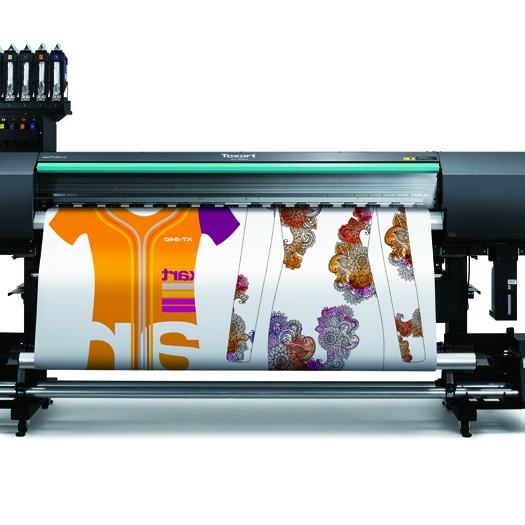The new monoFab series machines are launching today (4 September) in Europe at the 3D Printshow, which is being held at London’s Old Billingsgate until Saturday (6 September). The ARM-10 will cost £3,999 while the SRM-20 will be available for £2,799.
“We pioneered the concept of desktop 3D milling back in 1986 and we’ve used that ever since, but we’ve always recognised that product designers need a combination of technologies and skill sets in order to produce the mock-ups, prototypes and models that they need,” said Roland DG market strategy manager Peter Kettle.
“We were waiting for a point where the technology was good enough and affordable enough to launch a 3D printer. We’ve always looked at additive technologies at Roland DG, but it’s only really now that we feel like we’re comfortable with the technology, and with what we can offer, that we’ve decided to put it out.”
The ARM-10 printer can be used to quickly check a design in the initial stage of prototyping or modelling a complex shape. It incorporates a stereo-lithography process with a UV-LED projection system and builds models by successively curing layers of resin from a liquid resin vat.
Multiple objects can be produced simultaneously within the same work area, which can reduce modelling time when compared with methods that use lasers expose specific areas.
The printer features a build volume of 130x70x70mm and prints with an XY resolution of 0.2mm and Z axis resolution of 0.01mm. It can print at 10mm/hr using UV LEDs.
The SRM-20 desktop-sized milling machine includes a number of subtractive rapid prototyping features. The machine, which can be used for accuracy and smooth finished surfaces, has a new milling spindle, collet, circuit board and firmware.
“With subtractive prototyping you start with a solid block and remove the unwanted material, exposing more of your model. It effectively means milling, which is a controlled version of engraving. People predominantly use milling when they need functional testing with some kind of mechanical tolerance and additive when they need concept models,” said Kettle.
The machine can mill a variety of materials used for prototyping including modelling board, acrylic, ABS, wood and modelling wax, which makes it possible to check the weight and feel of models using the same material properties as the final production.
The two devices can be used by manufacturing businesses for design and prototyping applications, by schools for educational purposes, by engineers and in the healthcare field for dental prosthetics and other medical applications.











